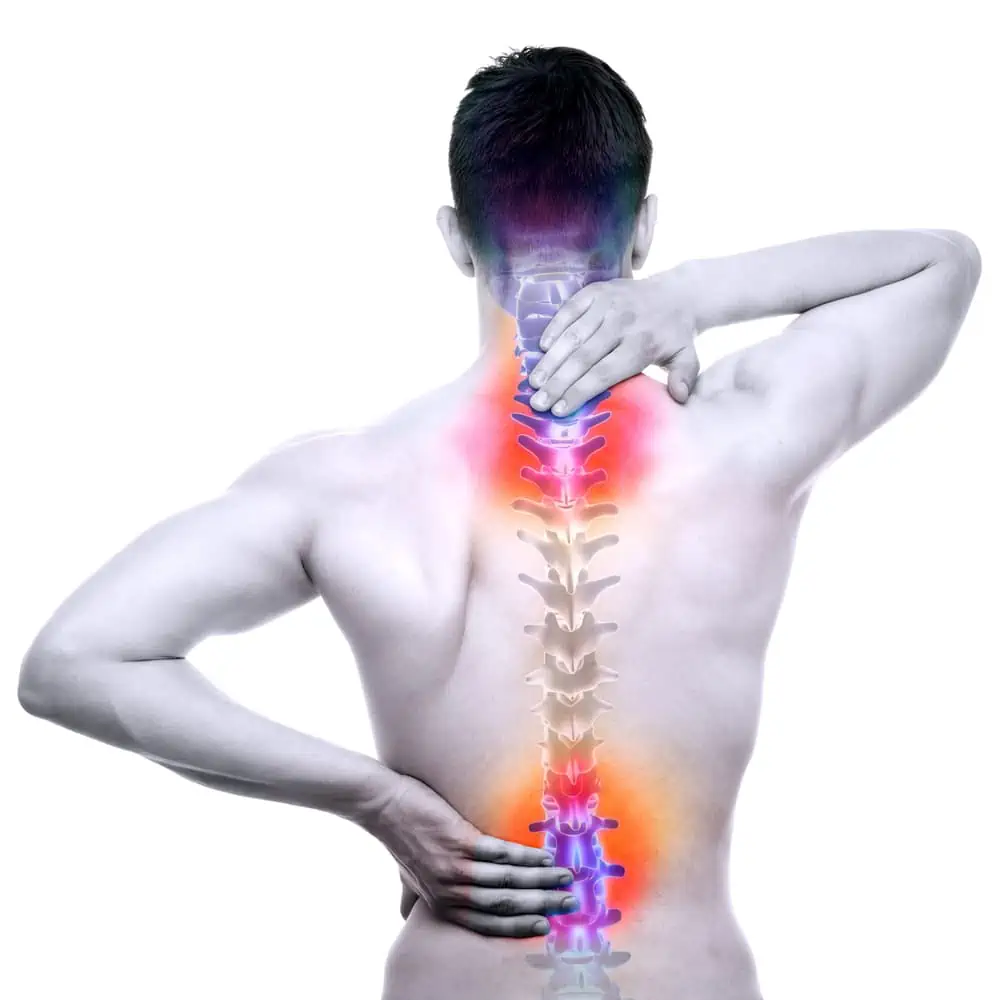Complex regional pain syndrome (CRPS) is, as the name suggests, a complex issue. It most often affects one of the limbs, causing intense burning or throbbing pain, but diagnosing and treating it are sometimes very difficult. Here are a few important facts about CRPS to help you better understand this often complicated condition.
- CRPS may be triggered by a variety of events.There are actually two types of CRPS.[1] Type 1, also called reflex sympathetic dystrophy, appears after an illness or injury that doesn’t directly damage the nerves. This may include anything from a sprain or fracture in the affected limb to a surgery, infection or heart attack. It’s also been suggested that emotional stress may play a part. Type 1 accounts for roughly 90% of CRPS cases.[1] Type 2 – previously known as causalgia – occurs after a direct injury to the nerves. The commonality between the two types is that both seem to cause the nervous system and immune system to malfunction in response to the damage. Although it’s not entirely known how or why this happens,[1] the result is increased inflammation and chronic pain, which can last anywhere from months to years.
- Symptoms may vary from person to person, but there are a few common indicators.The main issue is usually a continuous burning or throbbing pain in one of the extremities (hand, arm, leg or foot). Symptoms also often include increased sensitivity, swelling, joint stiffness, sweaty or cold skin and changes in skin color or texture, although symptoms may change over time. The pain may also spread to the opposite limb.[1][2] Research has shown that many of the cases of CRPS are mild and can gradually recover with time. However, the more severe cases can cause lasting damage – like atrophy of the affected limb and muscle tightening – from which it’s difficult to recover.[1][2] That’s why it’s important to diagnose and treat CRPS early.
- CRPS can affect anyone, however there are people who are more at risk.The condition can affect people of both genders and almost all ages, but it is more common among women. The average age of sufferers is about 40. Children under 5 don’t get the condition and it’s rare for children under 10, however there are many cases among teenagers.[2] There is also some preliminary data to suggest that there may be a familial connection; clusters of CRPS among families may result in even more severe pain with earlier onset and more pain sites.[2]
- It can be a difficult condition to diagnose.Because the causes of CRPS aren’t entirely understood, there is no definitive test to diagnose it. Oftentimes, a doctor will rely on symptoms and medical history to make a diagnosis, although other tests may be used to rule out conditions with similar symptoms (like arthritis, Lyme condition, a clotted vein or generalized muscle conditions).[2] On top of that, bone scans may detect bone changes and MRIs may detect tissue changes from the condition.[1]
- There are many treatment options – including new, state-of-the-art technology.Like with many other conditions, CRPS treatments are much more effective if they’re started early. First-line treatments may include NSAIDs, corticosteroids to reduce inflammation, antidepressants and anticonvulsants (which can help with nerve pain). Physical therapy may be utilized to increase range of motion and decrease pain, while biofeedback techniques may aid relaxation and foster pain relief. [1][2] If the condition is more advanced, doctors may suggest sympathetic nerve blocks, during which anesthetic is injected near the spine to dampen nerve activity and pain. If none of these treatments are able to provide adequate relief, spinal cord stimulation (SCS) may be considered. This implantable device delivers small doses of electricity to the nerves in order to interrupt pain signals before they reach the brain. A new type of SCS device, called a dorsal root ganglion (DRG) stimulator, has been proven extremely effective for CRPS patients, and can provide better targeted, sustained relief for patients, even those who have had unsuccessful SCS trials in the past.
If you or a loved one is experiencing chronic pain which you think could be CRPS, it’s important to see a doctor as soon as possible. Early diagnosis and treatment have been shown to improve outcomes and reduce the chance of more serious CRPS symptoms.
[1] Mayo Clinic. “Complex Regional Pain Syndrome.” April 12, 2014. Accessed October 25, 2016. http://www.mayoclinic.org/conditions-conditions/complex-regional-pain-syndrome/basics/definition/con-20022844.
[2] National Institutes of Health. “Complex Regional Pain Syndrome Fact Sheet.” November 3, 2015. Accessed October 25, 2016. http://www.ninds.nih.gov/disorders/reflex_sympathetic_dystrophy/detail_reflex_sympathetic_dystrophy.htm












